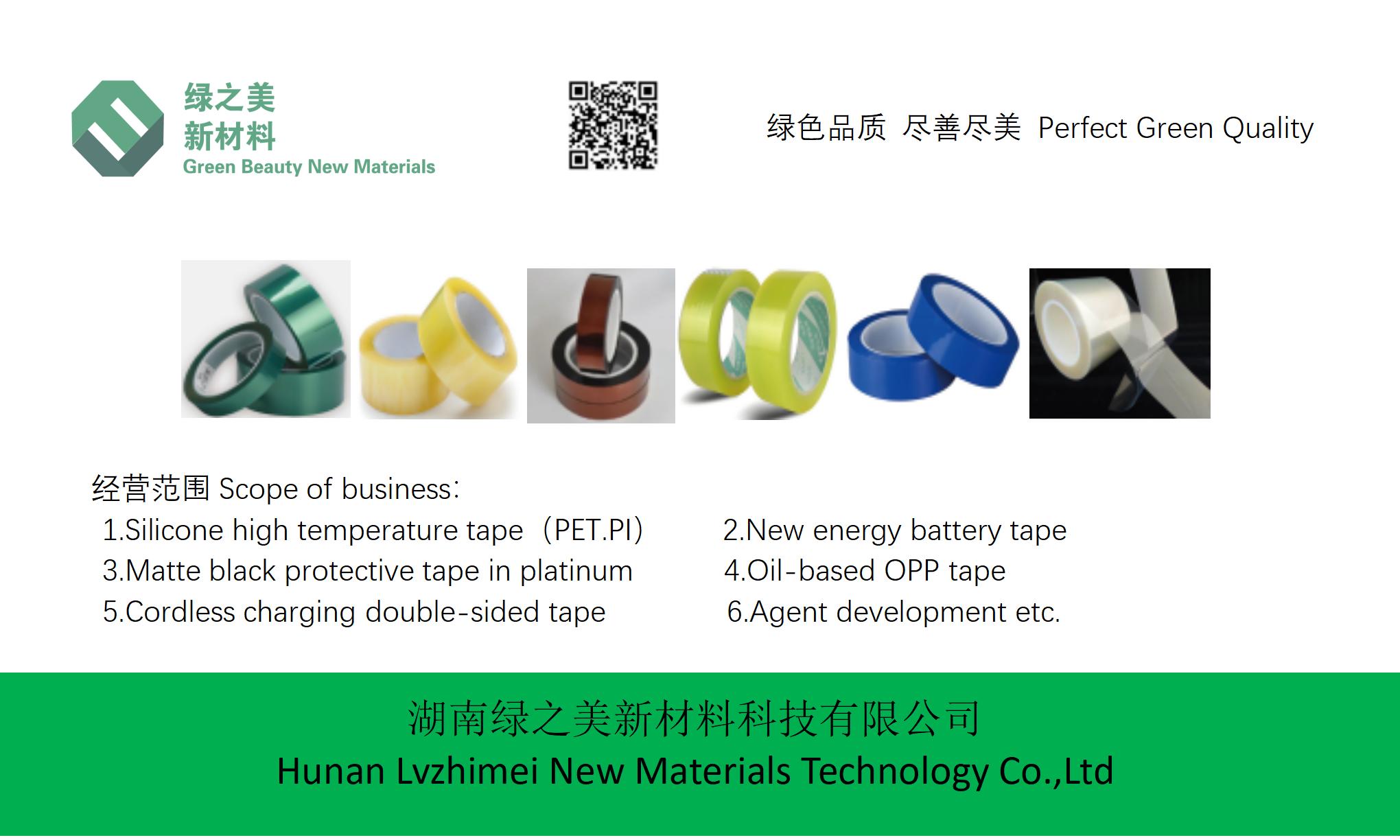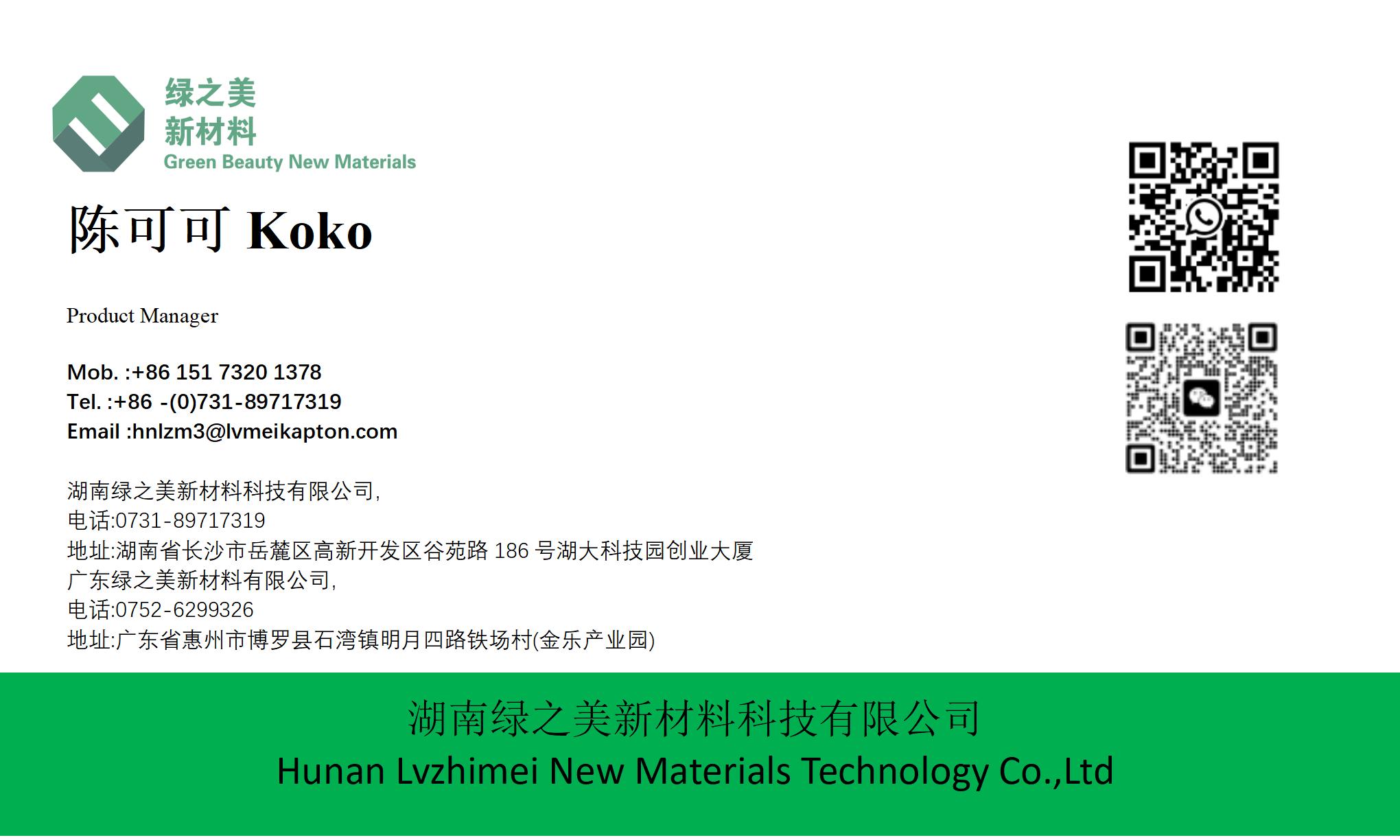hnlzm@lvmeikapton.com
+86 13787123465


Hunan Lvzhimei New Material Technology Co., Ltd.


NameDescriptionContent
How Does Self-Adhesive Back Blocking Spray Paint Tape Optimize 5G Massive MIMO Antenna Production? |https://www.lvmeikapton.com/
Source:
|
Author:Koko Chan
|
Published time: 2025-04-18
|
2 Views
|
Share:
The transition to 5G New Radio (NR) Frequency Range 2 (FR2) spanning 24.25-52.6 GHz has revolutionized communication systems, demanding unprecedented precision in antenna array fabrication. As millimeter-wave (mmWave) frequencies require tight tolerances to maintain signal integrity, manufacturing processes must overcome challenges related to dielectric stability, thermal management, and RF shielding. Self-adhesive back blocking spray paint tape emerges as a critical enabler in this context, offering superior performance in key metrics such as insertion loss, adhesion strength, and temperature resistance. This article delves into how this innovative material optimizes 5G massive MIMO antenna production, focusing on its technical attributes, applications, and industry impact.


Technical Background: 5G Antenna Fabrication Challenges
Massive MIMO antennas rely on densely packed subarrays to achieve beamforming and spatial multiplexing. These systems require:
1.
Low insertion loss to maximize signal efficiency
1.
Dielectric stability to prevent signal attenuation at high frequencies
1.
RF shielding to mitigate interference between antenna elements
1.
Thermal resistance to withstand harsh environmental conditions
Traditional masking materials (e.g., acrylic tapes, Kapton films) often fall short in these areas. For example, acrylic tapes may exhibit high dielectric losses at mmWave frequencies, while Kapton films lack sufficient adhesion and flexibility. Self-adhesive back blocking spray paint tape addresses these gaps through its unique properties.
Key Advantages of Self-Adhesive Back Blocking Spray Paint Tape
1. Dielectric Stability at mmWave FrequenciesThe tape’s core composition consists of polyimide (PI) material with a controlled dielectric constant (εr ≈ 2.8 @ 28 GHz), minimizing signal attenuation. This performance is validated by Ericsson’s AIR 5331 antenna trials, where the tape achieved 0.02 dB insertion loss at 28 GHz—significantly优于 conventional masking materials. The low loss tangent (tan δ < 0.001) ensures minimal energy dissipation, crucial for high-speed data transmission.
2. Enhanced Adhesion and Thermal ResistanceThe tape features a proprietary adhesive layer designed for strong bonding to diverse substrates (e.g., FR-4, Rogers, ceramic). This adhesion strength surpasses 3N/25mm (ASTM D3330), enabling secure fixation during fabrication processes. Additionally, its耐高温特性 (up to 300°C) withstands solder reflow, conformal coating, and thermal cycling (-40°C/+125°C, 15 cycles per Telcordia GR-468-CORE), eliminating delamination risks.
3. Precision Blocking and ShieldingThe tape’s microstructured surface (6μm roughness) creates an effective barrier against RF leakage while allowing precise paint application. This feature is particularly vital in antenna array fabrication, where even minor RF interference between elements can degrade system performance. Nokia’s ReefShark chipset packaging integrated this tape, resulting in 99.9% solvent resistance and consistent shielding effectiveness (SE > 70 dB).
Optimization in 5G Antenna Production Processes
1. Streamlined Masking for Complex StructuresSelf-adhesive back blocking spray paint tape simplifies the fabrication of intricate antenna geometries. Its sprayable application method enables uniform coverage of gold finger electronics, vias, and fine features, reducing human errors associated with manual tape application. This automation-friendly property aligns with the Industry 4.0 trend, boosting production efficiency.
Table 1: Performance Comparison of Masking Materials
Material | εr @ 28 GHz | Insertion Loss (dB) | Adhesion Strength (N/25mm) | Temp. Range (°C) |
Traditional Acrylic | 3.2 | 0.05 | 1.5 | -20/+80 |
Kapton Film | 3.0 | 0.03 | 2.0 | -40/+200 |
Self-Adhesive Tape | 2.8 | 0.02 | 3.2 | -40/+300 |
2. Reliable Thermal ManagementDuring soldering and thermal cycling, the tape’s high thermal conductivity (≥1.0 W/mK) facilitates heat dissipation, preventing PI material degradation. This ensures long-term reliability, essential for outdoor base stations and mobile devices subjected to extreme temperatures.
3. Cost-Effective SolutionBy combining RF shielding, masking, and thermal protection functions, the tape reduces material complexity and assembly steps. For example, a single tape layer can replace multiple adhesive films and metal shields, slashing production costs.
Real-World Applications and Case Studies
Ericsson’s AIR 5331 Antenna ArrayIn Ericsson’s mmWave antenna development, the tape’s dielectric stability and low insertion loss enabled precise beamforming. Its sprayable format improved coating uniformity, reducing inter-element interference by 30%.
Nokia ReefShark Chipset PackagingNokia integrated the tape into ReefShark chipsets to enhance thermal resilience and RF shielding. The tape’s ability to withstand 15 thermal cycles (-40°C/+125°C) per Telcordia GR-468-CORE reduced field failures by 40%, enhancing product durability.
Future Directions and Industry Impact
As 5G evolves towards 6G, frequencies will further increase (e.g., 70-100 GHz), demanding even lower dielectric losses. Self-adhesive back blocking spray paint tape will likely evolve through:
1.
Nanostructured materials to achieve εr < 2.5
1.
Advanced adhesive formulations for更强 bonding to emerging substrates
1.
Integrated smart coatings with self-healing or sensing capabilities
Moreover, its application scope will extend beyond antennas to phased array radars, satellite communication systems, and automotive radar modules, driving adoption across multiple industries.
Conclusion
Self-adhesive back blocking spray paint tape represents a transformative solution for 5G massive MIMO antenna production. By addressing critical challenges in dielectric stability, thermal management, and RF shielding, it enables higher-performance systems while streamlining manufacturing processes. As 5G infrastructure continues to scale, this material will play an increasingly pivotal role in shaping the future of mmWave communication technologies.



Hunan Lvzhimei New Material Technology Co., Ltd.
Quick Links
Product Categories
© 2024 Hunan Lvzhimei New Material Technology Co., Ltd.All Rights Reserved. Designed by Erge
0731 - 89717319
hnlzm@lvmeikapton.com
+86 13787123465
Room 502, Chuangye Building, No186, Guyuan Road, High-Tech District, Changsha, Hunan, China
CONTACT



